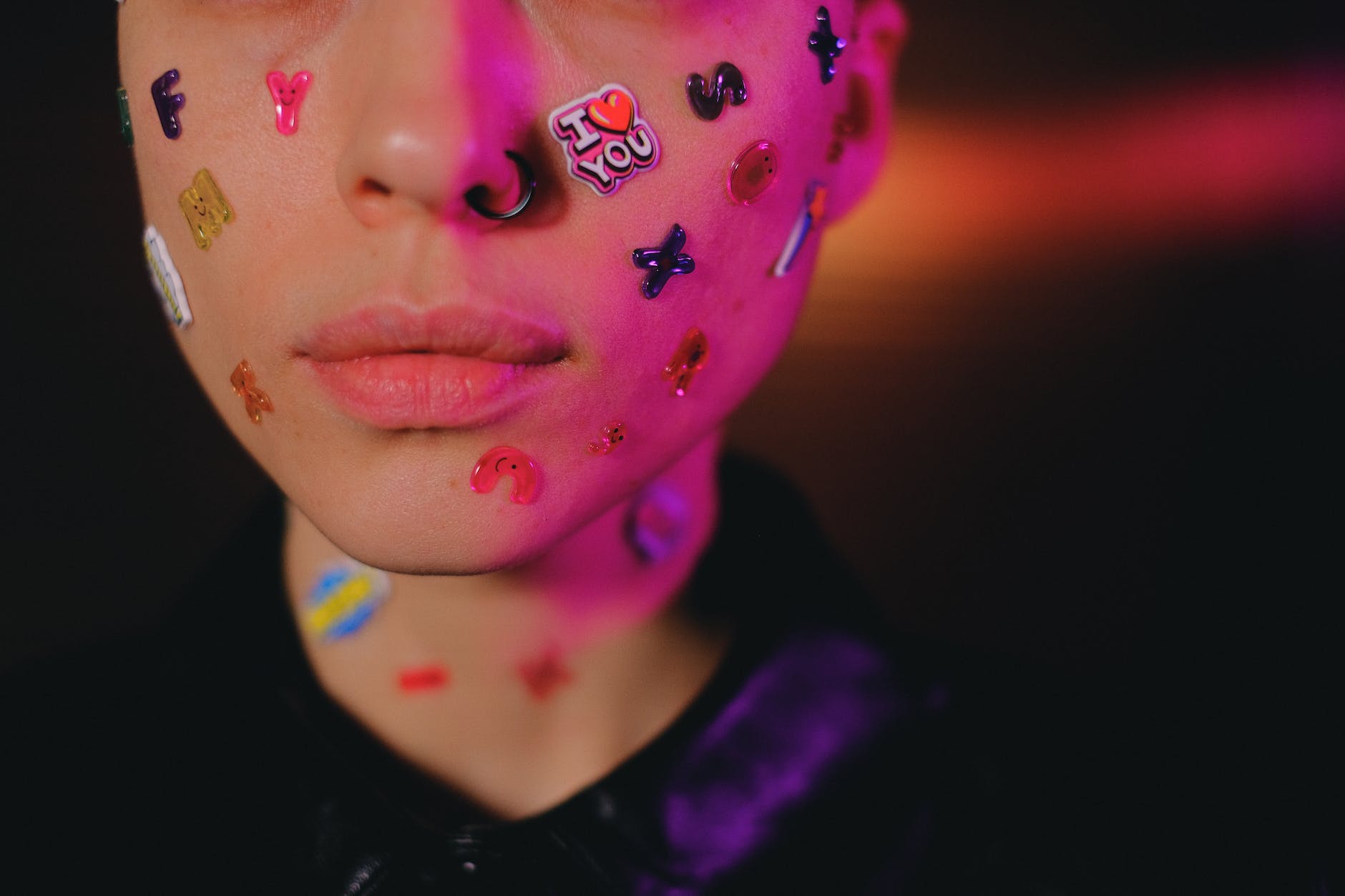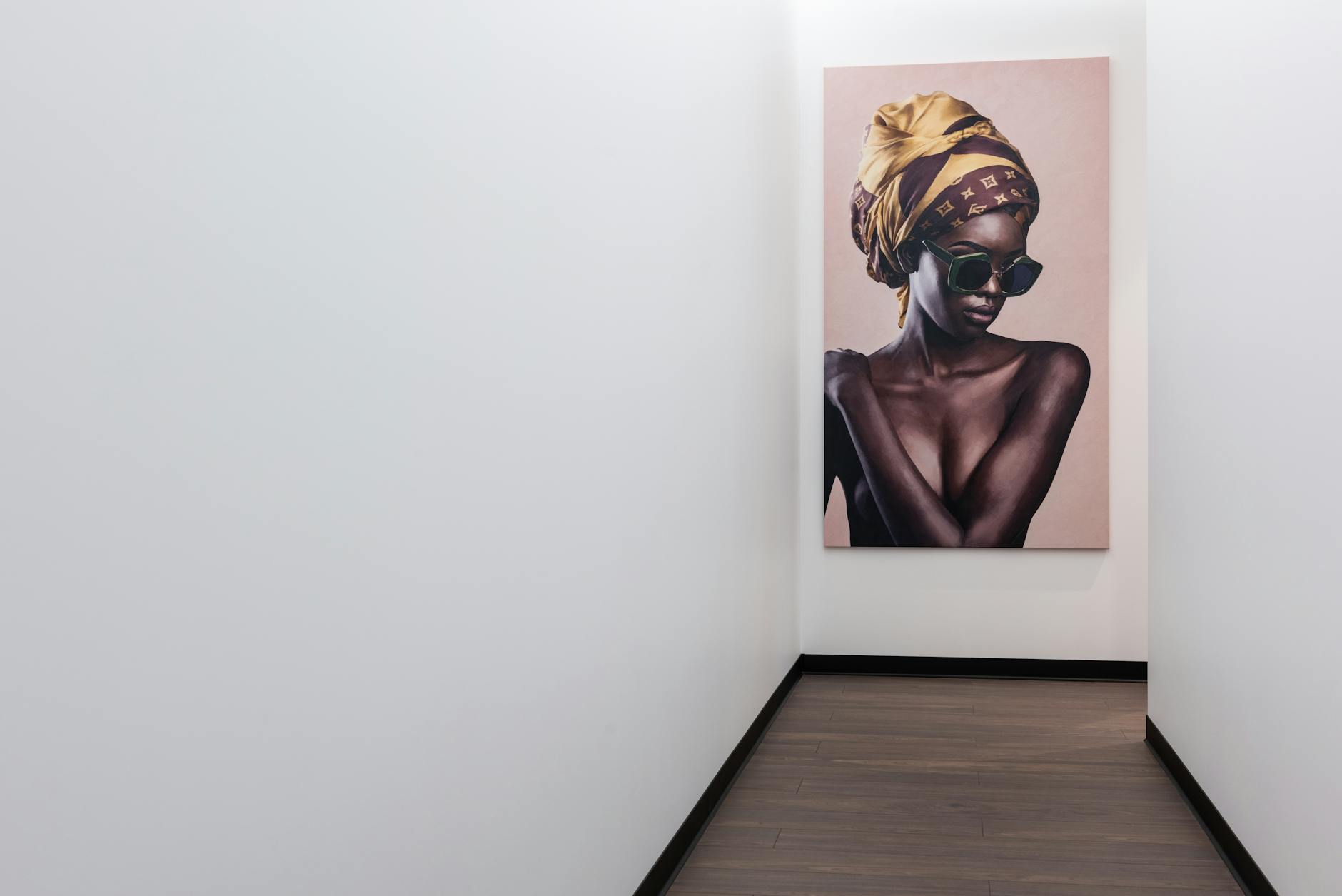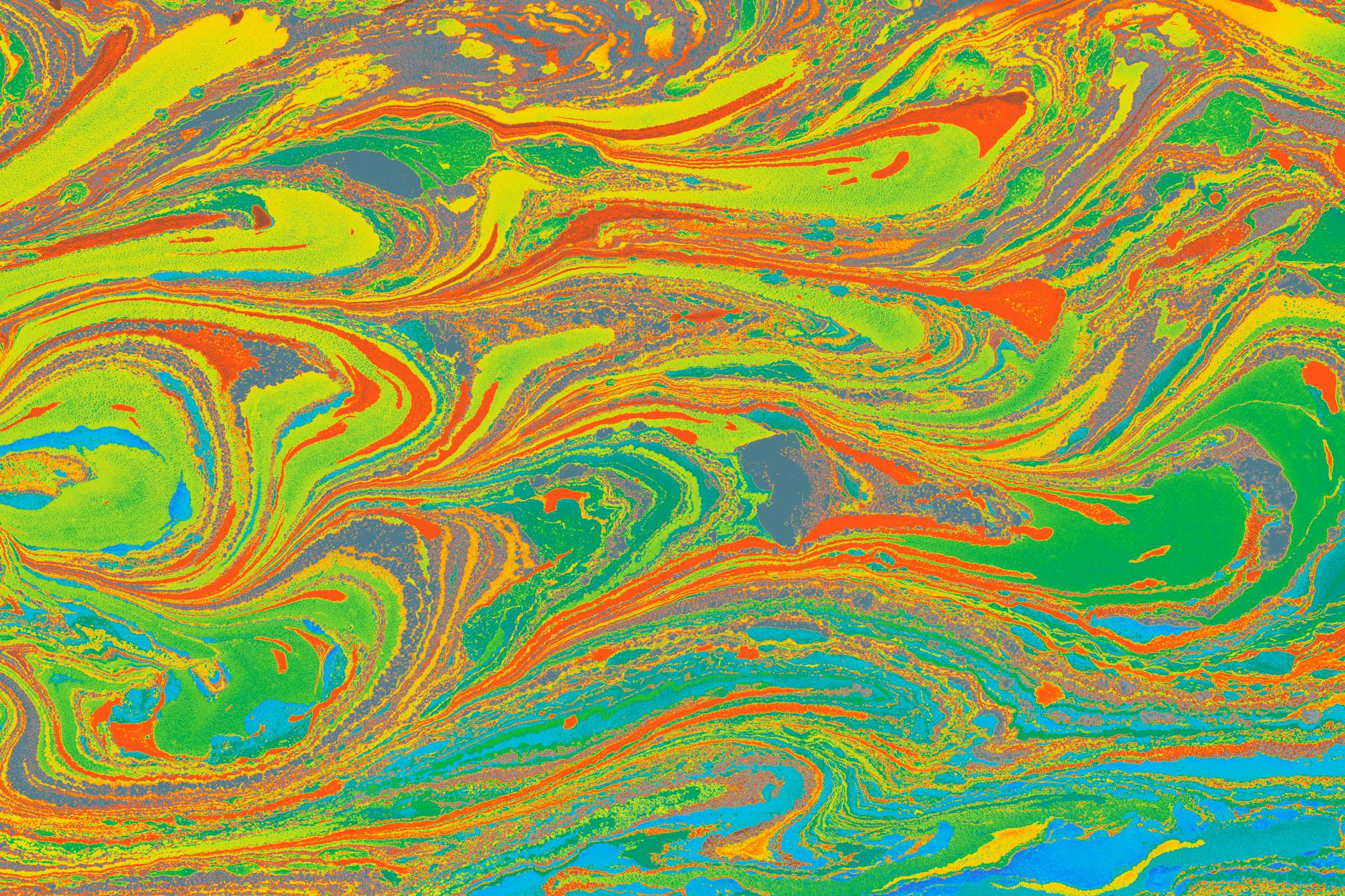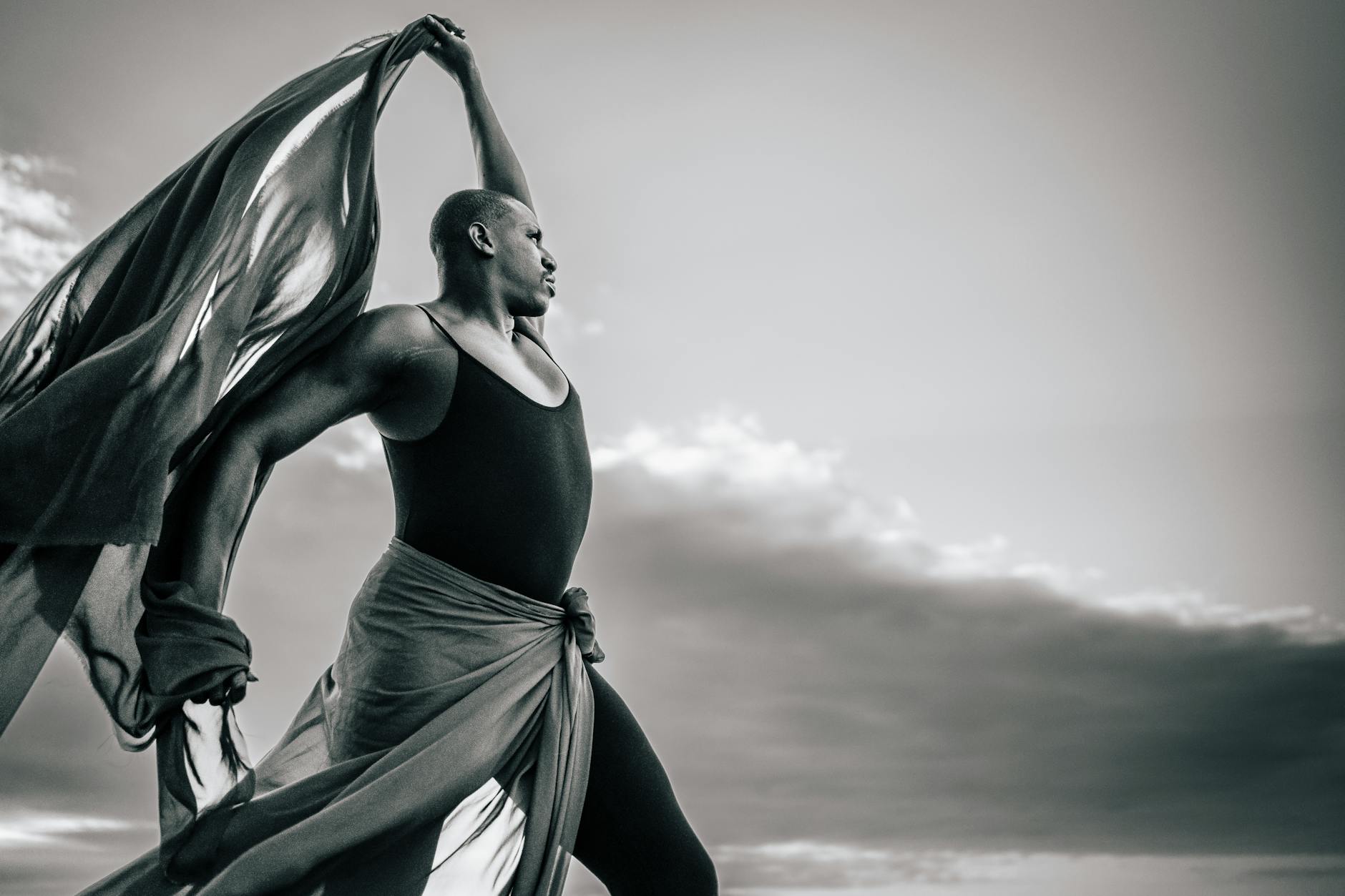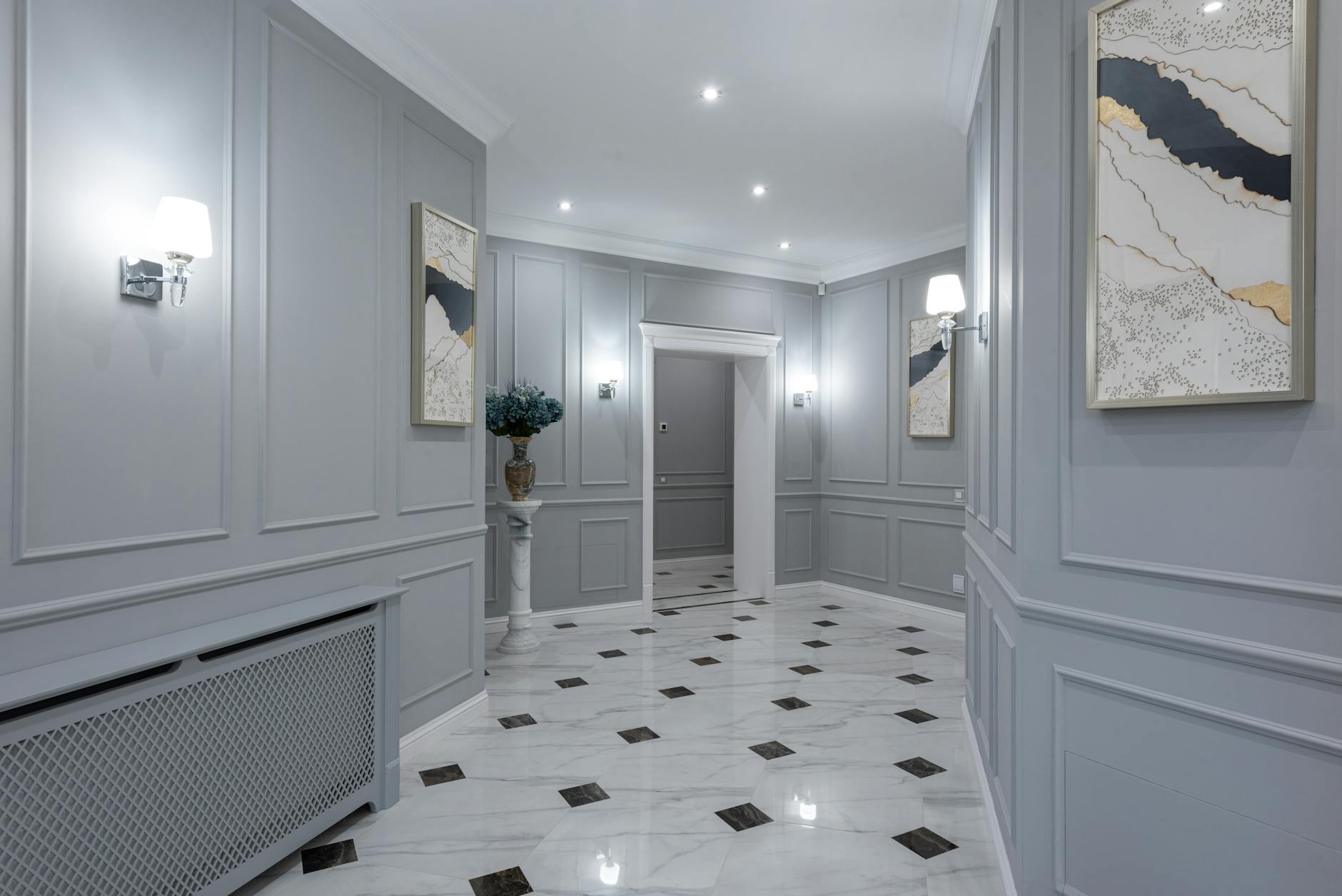In an ever-evolving world, art remains a constant source of inspiration and introspection. Among the many genres of artistic expression, the role and influence of psychedelic art – an art form deeply rooted in abstraction and distortion – particularly stand out. This art style has significantly contributed to the development and shaping of modern subcultures, acting as a nexus linking counterculture, spirituality, and social change.
To understand the impact of psychedelic art on subcultures, it’s crucial to trace its origins and evolution. Born in the 1960s, psychedelic art captured the essence of a hippie movement in search of alternative lifestyles and perspectives. Inspired by the multi-dimensional and unbounded realm of the human mind, the movement utilized vibrant, swirling color palettes and non-geometric forms that defied reality, reflecting the effects of mind-altering hallucinogens and drawing a stark contrast against mainstream art styles.
While the psychedelic art movement had its roots in fine art, it organically seeped into popular culture, emerging as an integral part of mainstream and underground music scenes as well as literature and film. Perhaps the most monumental achievement of psychedelic art within counterculture was its role in the visualizing and establishing the underground comics’ medium, where artists like Robert Crumb channeled their uncensored and unapologetic inspiration through this innovative form of artistic expression.
This art form was more than just visually stimulating; it was emblematic of radical social shifts occurring at the time. Psychedelic art served as a conduit for expressing alternate realities, challenging stereotypes, and redefining societal norms, thereby inspiring broad discussions about social change and individuality. It was the visual representation of an era defined by a yearning for change and an awakening of universal consciousness.
Fast forward to the present day, and the influence of psychedelic art is still pervasive, particularly in the realm of festival culture. As the epicenter of counterculture, these gatherings provide a conducive environment for the resurgence and continued diffusion of psychedelic artistry. With vibrant, larger-than-life installations and live painting sessions, festivals such as Burning Man and Coachella embody the communal, transitory, and transformative nature inherent in psychedelic art.
Beyond festivals, the contemporary versions of psychedelic art penetrate digital realms, with artists harnessing technology to create virtual and augmented reality experiences. These developments deepen and enhance the connection between psychedelic art and spirituality, creating immersive, multi-dimensional experiences that expand consciousness and catalyze personal growth.
One cannot discuss psychedelic art within subcultures without acknowledging its role in the exploration and expression of spirituality. This form of art serves as the visual manifesto of a generation engaged in metaphysical quests, translating abstract spiritual concepts into physical mediums. By transcending the earthly and materialistic confines of society, psychedelic art encourages onlookers to embark on a journey of self-discovery, transcendence, and inner peace.
In conclusion, the impact of psychedelic art continues to reverberate through a multitude of subcultures. From the hippie movement of the 60s to the digital realms of today, the genre has evolved and adapted to reflect changing values and societal shifts. With a legacy rooted in rebellion, self-discovery, and spirituality, it has inspired not just visual innovation, but also a radical reimagining of societal norms. As we cruise into an increasingly connected and technologically advanced future, psychedelic art remains a colorful bastion of subcultural expression, embodying the perpetual human quest for a deeper, transformative understanding of ourselves and the world around us.




